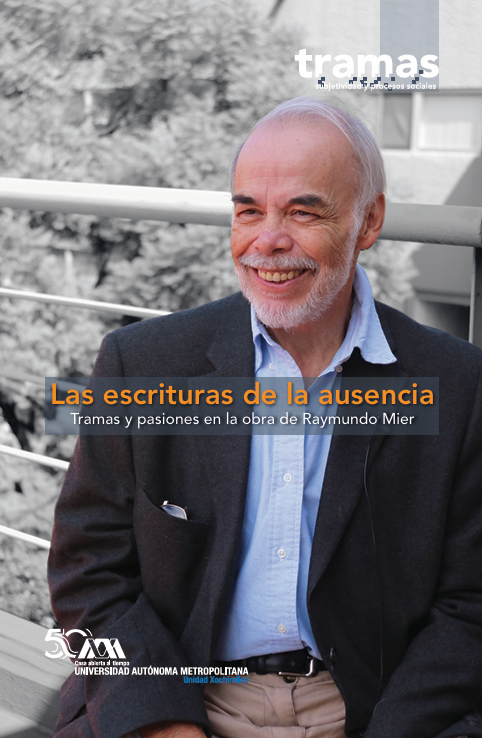Ciento trece puñaladas, ¡y se pusieron a contarlas!
Abstract
The authors set out from a crime that greatly disturbed the city of Buenos Aires. A 20 year old youth kills his 17 year old girlfriend by stabbing her 113 times. Middle class adolescents appear embracing in photographs, the account of their three years of passionate courtship are displayed in letters and testimonies. For over week, the media took this case as the center of the debate on serious journalistic programs as well as less serious show business type programs. The purpose is to reinsert the "case" within the social scheme in which is was produced. The thesis that guides this work is that the act gives testimony or tries to spell out -although always unsuccessfully-some of the subjective drama, but also of the social reality of its times. The act, the madness, the crime, are only thinkable as they relate with social ties. We take the fragments of the case, especially what was said by these youngsters, their parents and friends. We establish a certain parallel between the violence of passion of this event and social violence. This young man is considered non-human, a beast, a hyena. The death penalty is requested in an attempt to individually isolate and condemn the daily panic in which we have been engulfed for years and that concerns us all. Some and up behind the walls that isolate the rest of the criminals and the insane. This is how society stigmatizes some, while is protects others by extending cloaks of justifications, privileges and silence. There is no way to not be responsible, undisputable. There is not one not insane. We attempt an interpretation of the facts, as if it were a rapture. As a hypothesis we venture the "dead child (son/daughter)" as what is not recorded that come back from what is real. We compare the statements of the parents of these young people with those of other young people to whom violence has been done, those disappeared, tortured, dead during recent and current history. The denunciation sustained by these parents allows the ties that the logic of terror had untied, to be reestablished. We also set forth the role of transmission and of destiny while trapped between the mortal mandate of the patriarch and the specular maternal embrace ... "who go forth leaving behind on the road the tracks of their corpses", many times as the only way out. Nevertheless, there are also other ways out, difficult by the way ...











